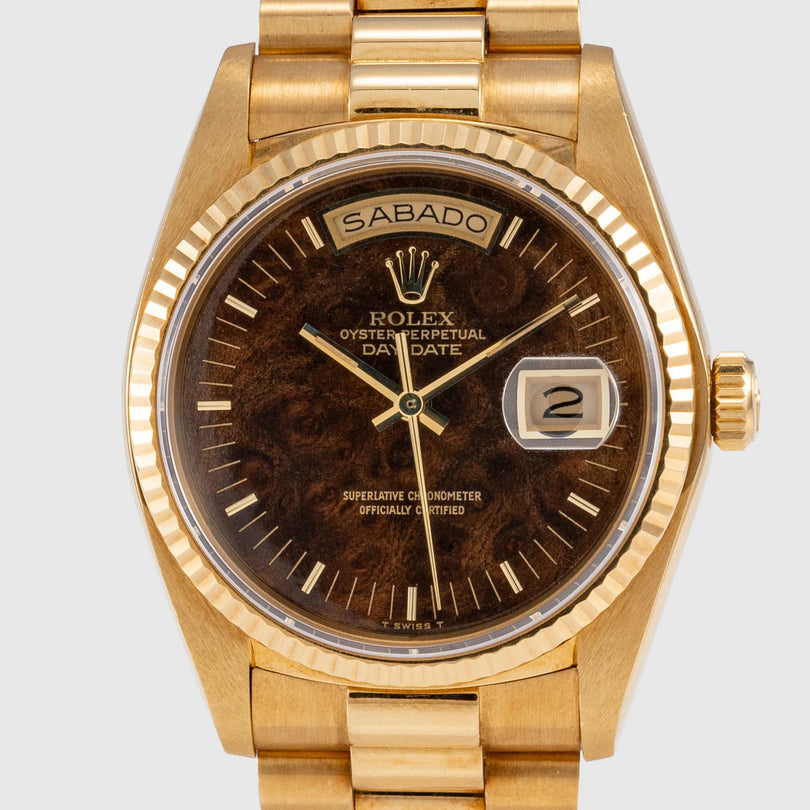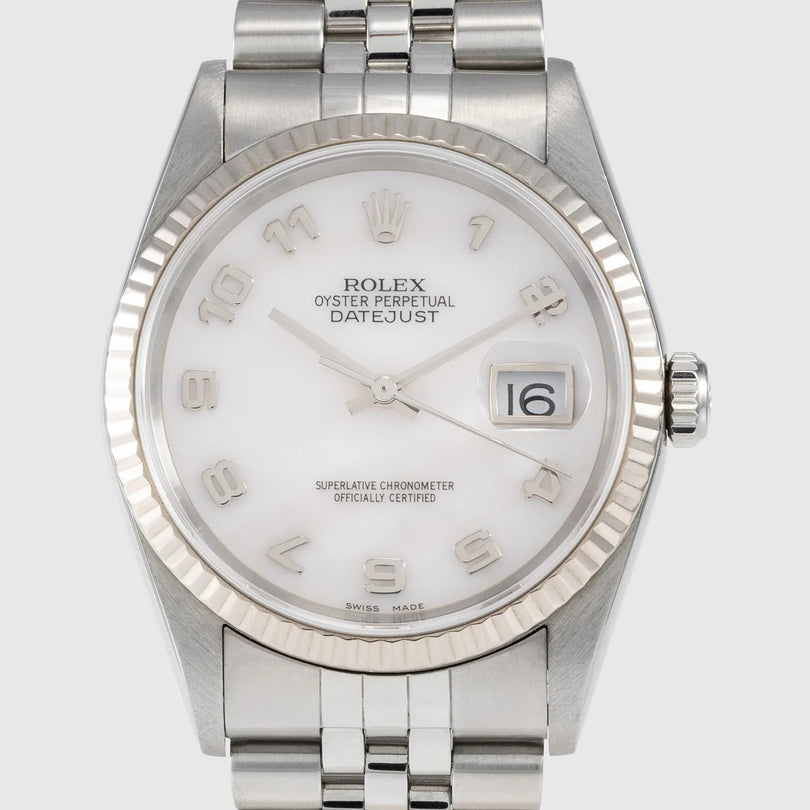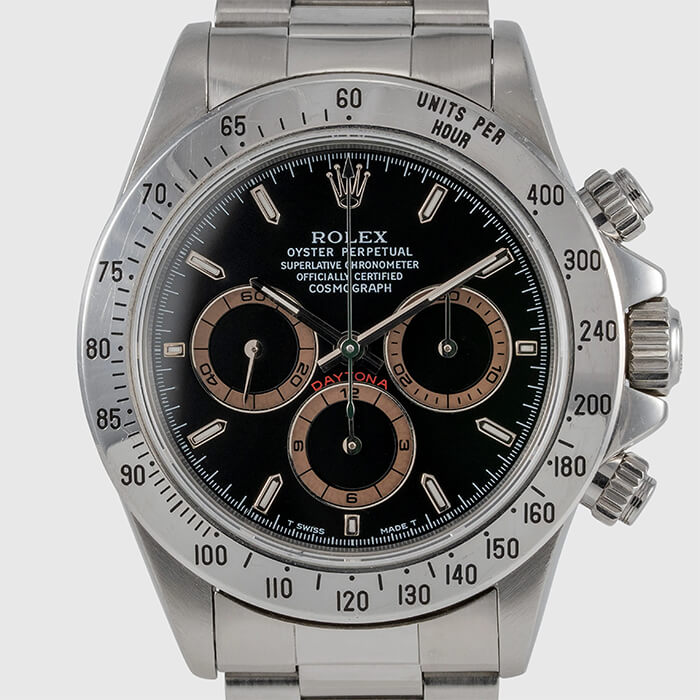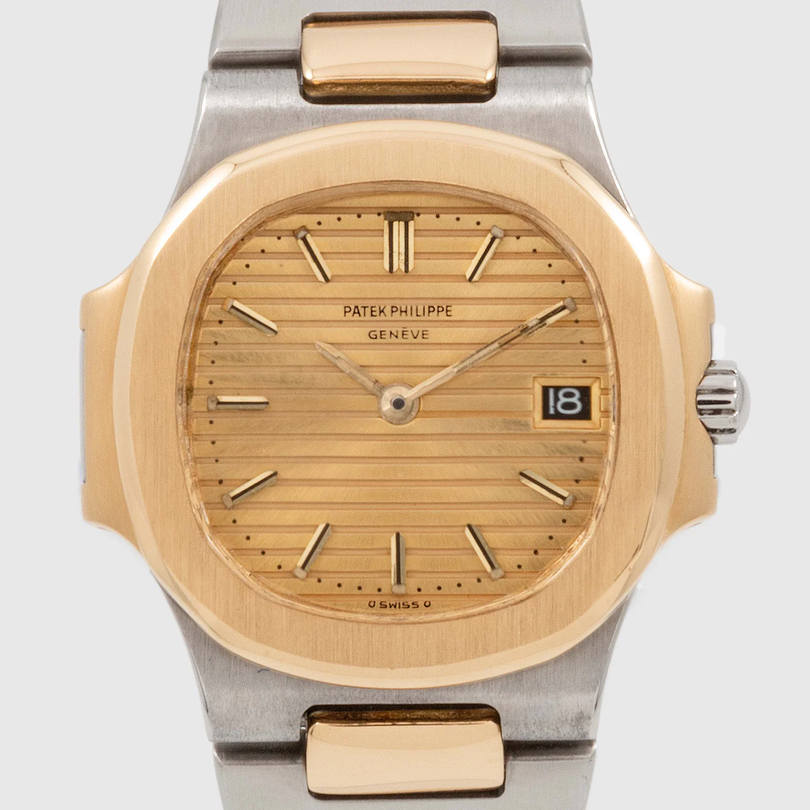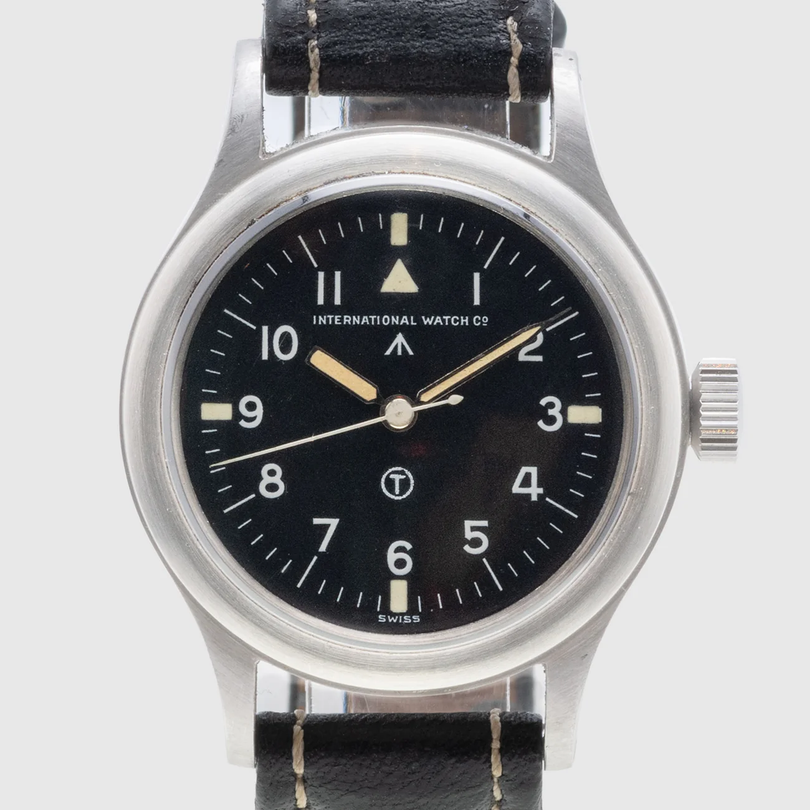
Is Tudor the "Poor Man's Rolex"?
Tudor is a watch brand that seems to have risen out of the ashes. A once forgotten second child, in the shadow of its family name, it now occupies a new position in the competitive world of horology.
I've often heard it said that Tudor is the "poor man's Rolex" – but that's not the whole story - so here are my thoughts on the question.
So in 1946 the Rolex genius started the sister company, Tudor. His idea was to leverage the Rolex design patents (like the famous Oyster case), but the Tudor would sell for two thirds of the price of a Rolex. In 1905 Hans Wilsdorf founded what became arguably the world's most famous watch company, Rolex SA. For the first few decades of its history, Rolex was the undisputed pioneer of the wristwatch market, but others soon followed, and the increasing competition eventually forced Wilsdorf to come up with a new plan.

More than a decade later they came back with a bang, releasing the Tudor Heritage Chronograph, and re-entering the US market. It was time for the brand to carve out its own destiny – and ever since then, that's what they've been doing.
The Tudor Oyster Prince Submariner may have been a fine diver's watch, but for most of Tudor's history, it lived in The shadow of Rolex, until in 1996 they actually left the US market. Outside of the US, Tudor was still considered "the poor man's Rolex."
 When Tudor introduced the Black Bay and Pelagos dive watches, they became instant hits, and overnight sensations. These new creations felt like true "vintage" Tudor's but they weren't carbon copies – a smart move by the company. Watch fans now had access to highly affordable, and exquisitely (Swiss) made, robust and durable diving watches – with all the right pedigrees. It was the perfect ratio of desirability to price.
When Tudor introduced the Black Bay and Pelagos dive watches, they became instant hits, and overnight sensations. These new creations felt like true "vintage" Tudor's but they weren't carbon copies – a smart move by the company. Watch fans now had access to highly affordable, and exquisitely (Swiss) made, robust and durable diving watches – with all the right pedigrees. It was the perfect ratio of desirability to price.
 By 2015 the Tudor "shield" took another step away from the Rolex "crown." The world was introduced to the Tudor North Flag and, more importantly, the caliber MT5621 movement. Up until that point, Tudor had used ETA movements – but this one was produced in-house.
By 2015 the Tudor "shield" took another step away from the Rolex "crown." The world was introduced to the Tudor North Flag and, more importantly, the caliber MT5621 movement. Up until that point, Tudor had used ETA movements – but this one was produced in-house.
It was a bold design and marketing move, causing a stir at the Baselworld Fairs, and it convinced a lot of people, including me, that the brand could no longer be considered "the poor man's Rolex." Tudor became a unique brand in its own right, and it was going in its own direction. It represents something new, without losing the feel for its unique watchmaking heritage – and best of all for many watch lovers, it was in an approachable price bracket.

Tudor is steadily rolling out their in-house manufactured movements to the rest of the range, and it's just what the fan-base wanted. The new Black Bay"58" is smaller in size and houses the MT5402 COSC certified movement, boasting a 70-hour power reserve, a variable inertia balance, and a non-magnetic silicon balance spring.
The dynamo behind Tudor's new rise to fame is Philippe Peverelli. He has led the brand since 2010, and during a recent Baselworld Fair he described the move away from Rolex in an interview: “Today, we try to make our own watches with our own designs. We need to have our own personality. Before we were an underbrand. We are starting to have a real life. We’ve never been so young,”
That basically sums up the question for me. Based on the developments I've seen from Tudor since 2010, if you had to ask me whether or not I still thought of the brand as "a poor man's Rolex" – I would have to say – most definitely not!
The brand has hit a winning formula with their design ethos, the snowflake hands, big crown, and their clean, clear-cut design. More importantly, they're innovating.


Part of the appeal lies in their family history, and the vintage roots – no doubt, but that's not where it ends. The original three Tudor Heritage Black Bays – the Red, Blue, and Black, plus the new Bronze have all been updated with the new Tudor in-house calibers, and for many these are the dive watches to own.
They're rugged tool watches, superbly crafted, and combine the best in vintage heritage with a few modern updates – and best of all, they are priced right – what more could you want?

